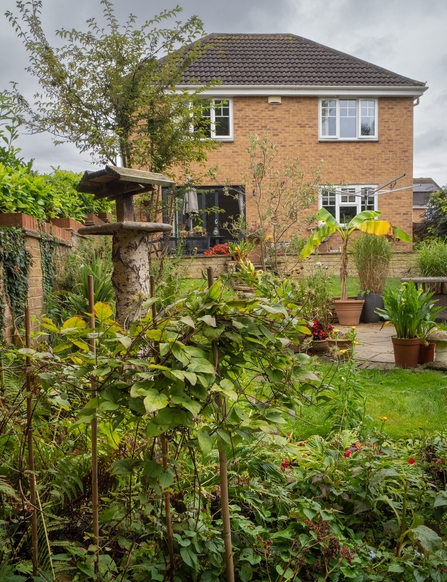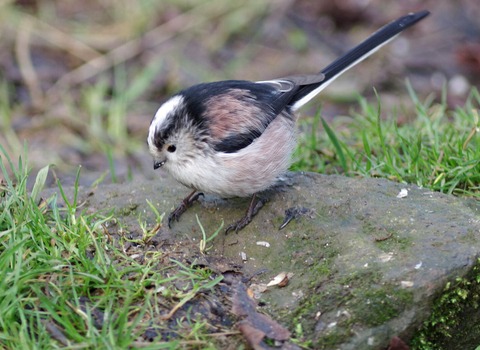The idea of a Community Nature Reserve is to take an entire block of land with a mixture of dense housing, semi-green spaces and wilder places and not just declare it a nature reserve, but bring the community together to join up the green spaces and encourage greater wildlife friendliness. There is power when a community comes together to improve the local neighbourhood. A Community Nature Reserve is viewing the area overall, just as a bird views it from above our heads and not dividing it into individual gardens and property boundaries – but as a connected area with huge potential to benefit people and wildlife.
A great example of a Community Nature Reserve is looking at a local street with houses. This street will probably have gardens and some open spaces. When working together, each garden and connected open space has the potential to be part of a green corridor, create a hedgehog highway and provide a variety of habitats for local species of birds, butterflies, bees and other invertebrates and mammals. Just like Team Wilder, all small actions for nature collectively make a big difference and many essential habitats can be created.



